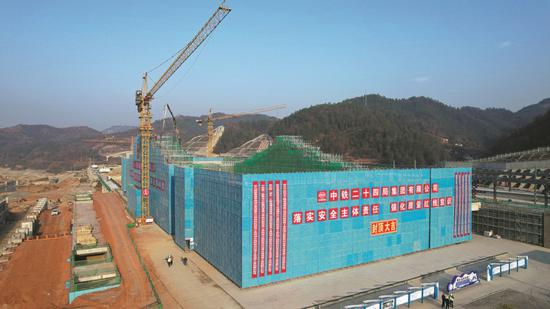
Trucks carry coal in Lianyungang, Jiangsu province, on Dec 8. (WANG CHUN/FOR CHINA DAILY)
China has continued to prioritize stable coal production and supply throughout this year, with the proportion of intelligent coal capacity rising to over 50 percent of total capacity, latest figures released by the National Energy Administration show.
The country had transformed and upgraded 180 million kilowatts of coal-fired power units in 2024, while eliminating more than 8 million kW of outdated capacity, said the administration during a national energy work conference held earlier this month in Beijing.
China has further enhanced its energy self-sufficiency while expanding its renewable energy dominance, with the country's energy self-sufficiency rate now above 80 percent in 2024, said Wang Hongzhi, head of the NEA.
Zhang Hong, deputy secretary-general of the China National Coal Association, forecasts that coal consumption will see steady growth in 2025, with total consumption slightly higher than in 2024.
Many coal-rich provinces are also intensifying efforts to upgrade and transform coal-fired power units, with a growing focus on incorporating intelligent mining technologies, accelerating intelligent coal mine construction and the development of a coal industry internet platform. These initiatives aim to improve efficiency, reduce emissions and modernize the coal industry in line with the country's green energy goals.
Shanxi, for example, has been steadily transitioning its coal sector during its energy reform process toward more sustainable and intelligent practices.
As of now, over 50 percent of the coal production capacity in Shanxi, one of China's coal-rich provinces, is achieved via intelligent mining, with 30 pilot and demonstration coal mines using green mining practices established across the province.
In 2023, the province established 118 intelligent coal mines and introduced smart technology to 1,491 mining faces. The figures climbed further to 134 intelligent coal mines covering 1,564 mining faces as of August, said Yan Zhongli, head of Shanxi's data bureau.
In 2023, the coal-rich region produced over 1.37 billion metric tons of coal, and it has set a production target of about 1.3 billion tons for this year.
According to Lu Junling, chief economist of the NEA, more than 95 percent of coal-fired power units across the country have now met ultra-low emission standards.
Over the past 10 years, China has decommissioned over 100 million kW of outdated coal power capacity, resulting in a reduction of pollutant emissions from the power sector by more than 90 percent, he said.





















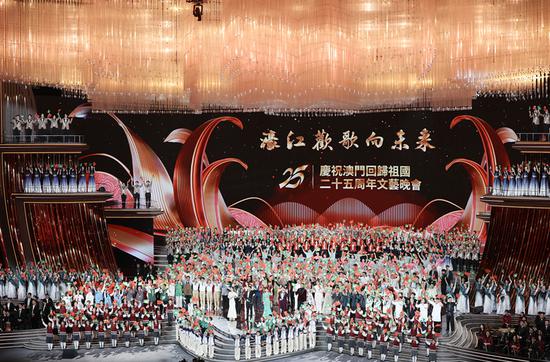



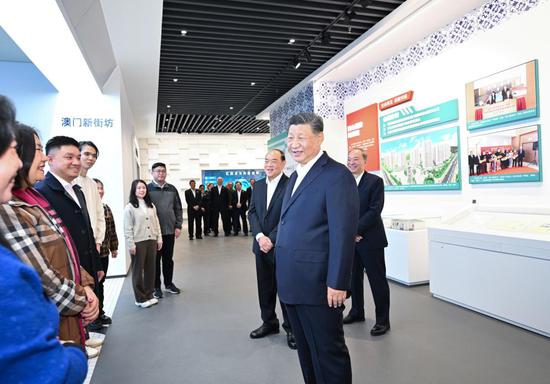











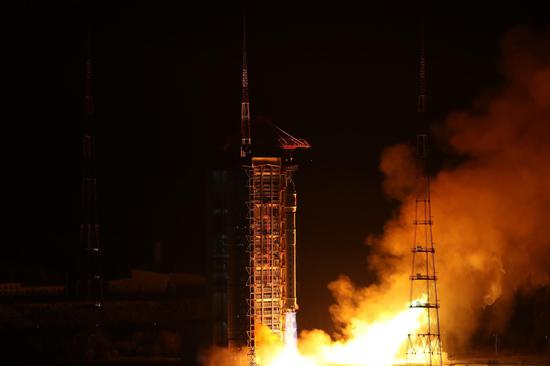


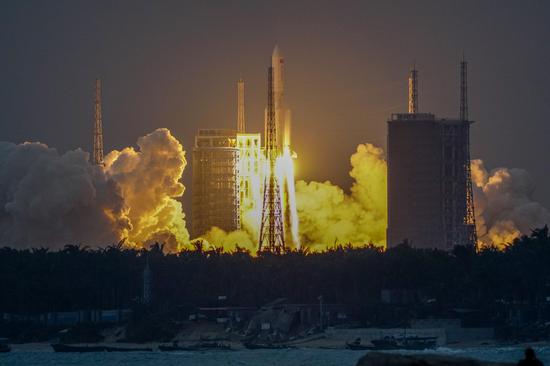





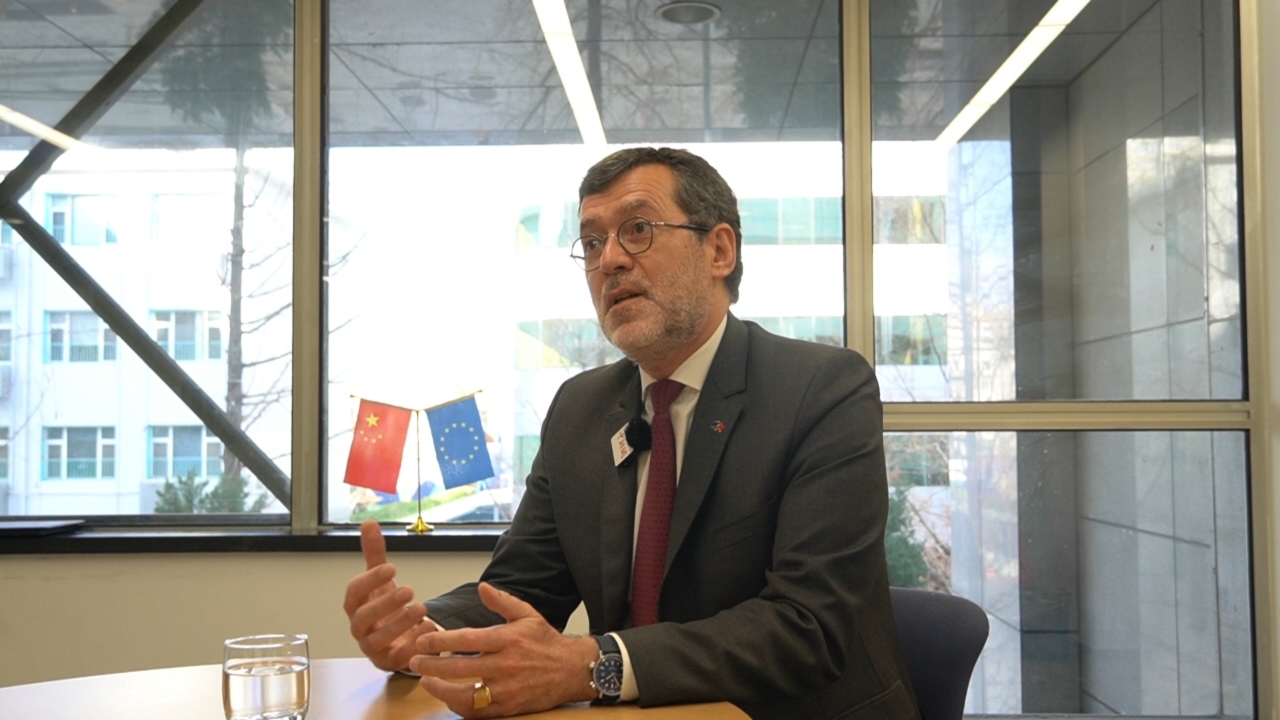



 京公网安备 11010202009201号
京公网安备 11010202009201号